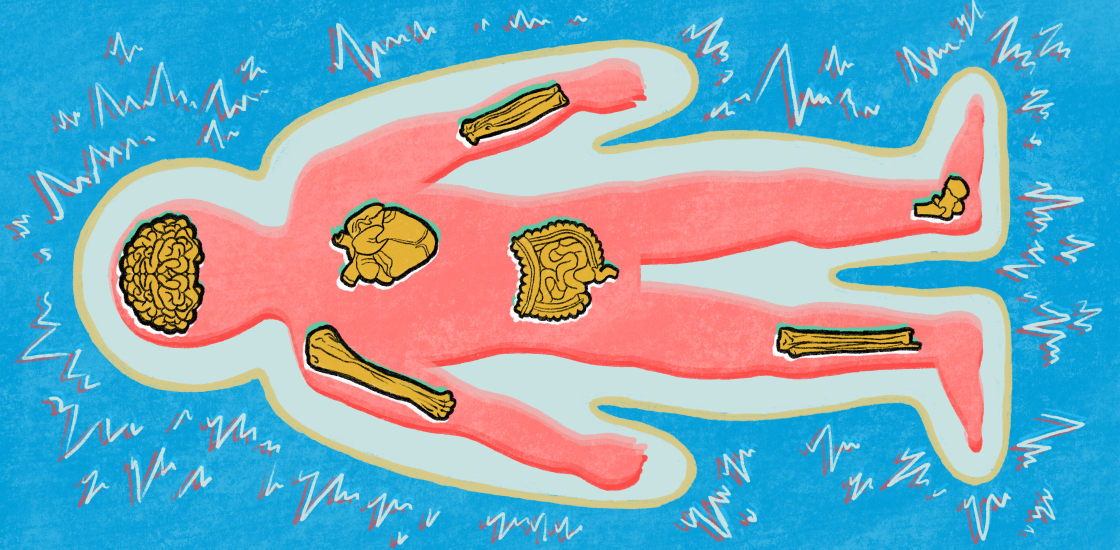Autistic children disproportionately affected by chronic pain
Children with autism are about twice as likely as their typical peers to experience chronic or repeated pain.

Children with autism are about twice as likely as their typical peers to experience chronic or repeated pain, according to a large study. Those with co-occurring developmental conditions, such as epilepsy or intellectual disability, are even more likely to have chronic pain1.
Several studies have suggested that people with autism may experience pain differently than neurotypical people do. Their pain may also be compounded by the sensory sensitivities and gastrointestinal problems frequently associated with autism. But the topic remains understudied, experts say.
The new study reveals that pain is “a really common experience for kids with autism,” says study investigator Danielle Shapiro, assistant professor of physical medicine and rehabilitation at the University of Michigan in Ann Arbor. “They’re experiencing physical pain, even though it’s not typically thought of as a core feature of [autism].”
Shapiro and a colleague used data from the 2016-2017 U.S. National Survey of Children’s Health, a questionnaire that asks parents about their children’s medical diagnoses and whether the children experienced chronic or repeated pain over the previous year. Their analysis included 50,063 children aged 6 to 17 years, including 1,472 with autism.
Detecting distress:
About 16 percent of children with autism experienced chronic or repeated pain in the previous year, the team found. For autistic children with co-occurring conditions, that figure is just under 20 percent. By comparison, only about 8 percent of typical children experienced frequent pain, according to their parents. (About 800 of the nearly 49,000 children in this control group have epilepsy, intellectual disability or cerebral palsy.) The findings appeared 28 October in JAMA Pediatrics.
“It doesn’t surprise me at all to see that the prevalence of general pain complaints is elevated [in this population],” says David Moore, senior lecturer in psychology at Liverpool John Moores University in the United Kingdom, who was not involved in the work. “This is an important public-health issue for this group that we need to do a better job of addressing.”
However, the analysis is based on parent reports, which don’t always tell the whole story, experts caution. This is especially true for autistic children, who may have difficulty communicating that they are in pain.
“A parent’s report of pain is sort of a proxy,” says Micah Mazurek, associate professor of human services at the University of Virginia in Charlottesville, who was not involved in the research. “Pain is an internal experience,” she says. “For very young children, and for those who don’t have language, it’s hard to assess that directly.”
The study’s findings should urge doctors to be especially vigilant about identifying pain in people with autism, Mazurek says.
Shapiro hopes the study will be a “springboard” for pain research, including work that looks at the sources of autistic children’s pain.
“That would serve as a pathway to help us think about how to address pain in kids with autism,” she says.
References:
- Whitney D.G. and D.N. Shapiro JAMA Pediatr. Epub ahead of print (2019) PubMed
Recommended reading

New organoid atlas unveils four neurodevelopmental signatures

Glutamate receptors, mRNA transcripts and SYNGAP1; and more

Among brain changes studied in autism, spotlight shifts to subcortex
Explore more from The Transmitter
Can neuroscientists decode memories solely from a map of synaptic connections?

AI-assisted coding: 10 simple rules to maintain scientific rigor
